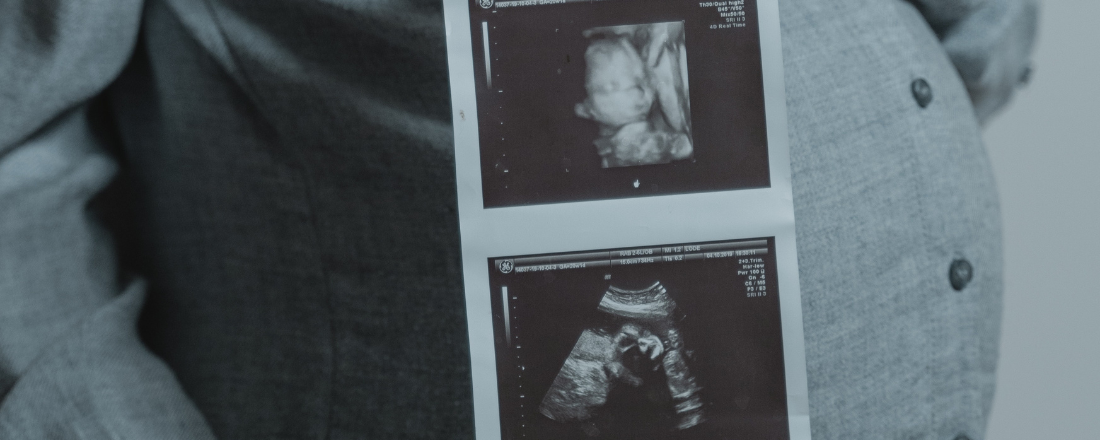“Explore the Exposome: The Next Frontier of Individualizing Medicine” was the title of a Mayo Clinic conference that brought together experts from around the world, including NIEHS leaders and grant recipients, Nov. 2-3 in Rochester, Minn. Participants explored how the exposome — the totality of a person’s exposures throughout life and their corresponding biological effects — can advance human health on a personalized level.
Accelerating discoveries
“We’ve made significant progress in mapping the human genome and understanding the role of genes in diseases, but genetics only accounts for approximately 10% to 15% of diseases,” said Konstantinos Lazaridis, M.D., executive director of the Mayo Clinic’s Center for Individualized Medicine, in a statement promoting the event. “The key to accelerating further discoveries in individualized medicine lies in putting the exposome under the microscope,” he added.
“To predict individualized health outcomes, you have to factor environmental exposures into the equation,” NIEHS Director Rick Woychik, Ph.D., told attendees.
Bright future for exposomics
“Some people say, ‘It’s impossible to measure everything that a person has been exposed to throughout their lifetime, so why bother?’” noted NIEHS grantee and Columbia University professor Gary Miller, Ph.D.
Several years ago, when he taught at Emory University, Miller and his colleague Dean Jones, Ph.D., an NIEHS grantee, who also spoke at the conference, sought to bring clarity to exposomics and show what is possible through such research. Exposome epidemiology is now beginning to identify health risks based on biomarkers of environmental exposures, noted Jones.
“The key to successful use of precision medicine will be to detect responses to exposures and intervene to improve health outcomes,” he added.
Other NIEHS grantee contributions
Susan Sumner, Ph.D., director of the metabolomics and exposome laboratory at the University of North Carolina at Chapel Hill Nutrition Research Institute, discussed precision nutrition.
“In precision medicine, we often study how some individuals respond well to a drug treatment while others do not have a positive response,” she said. “In precision nutrition, we study individuals’ different nutrient requirements, or their different responses to intake. How an individual responds to nutrients, or to a diet, is related to their health status and to inherited genetics and lifetime exposures. We aim to understand how exposures, or co-exposures, are related to individuals’ responses, and to use this information to discover biological mechanisms as well as pharmacological and nutritional targets.”
“Environmental exposures can influence genetically driven processes, often negatively,” added Miller. “But diet can sometimes help control genetic diseases.”
Barbara Cohn, Ph.D., from the Public Health Institute, described her work based on studies dating from the 1960s, which showed that cumulative exposures during pregnancy can affect at least three generations.”






